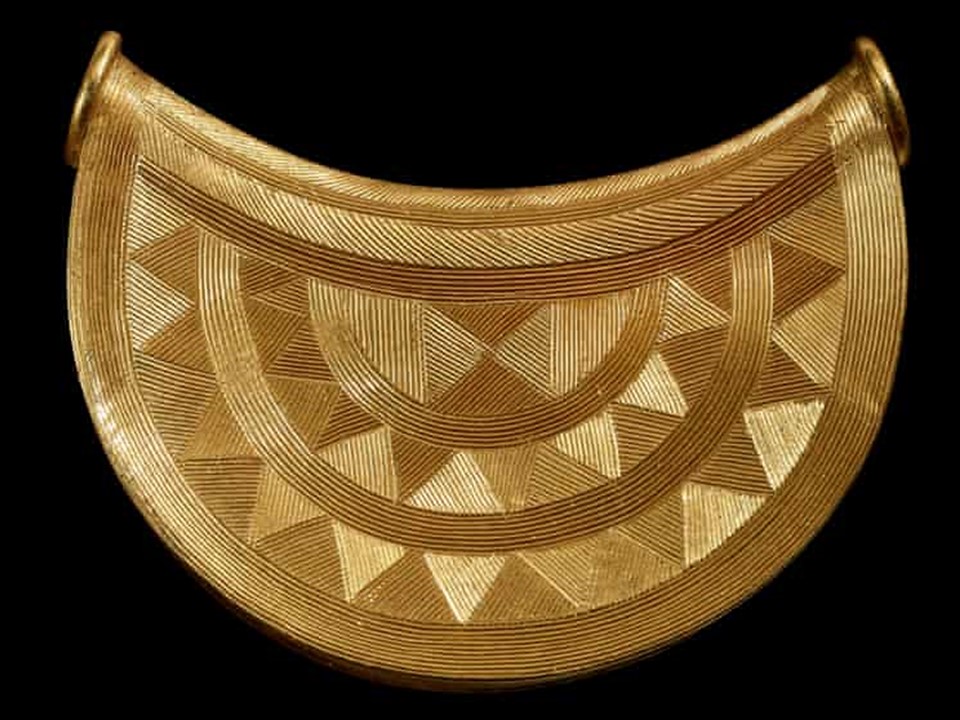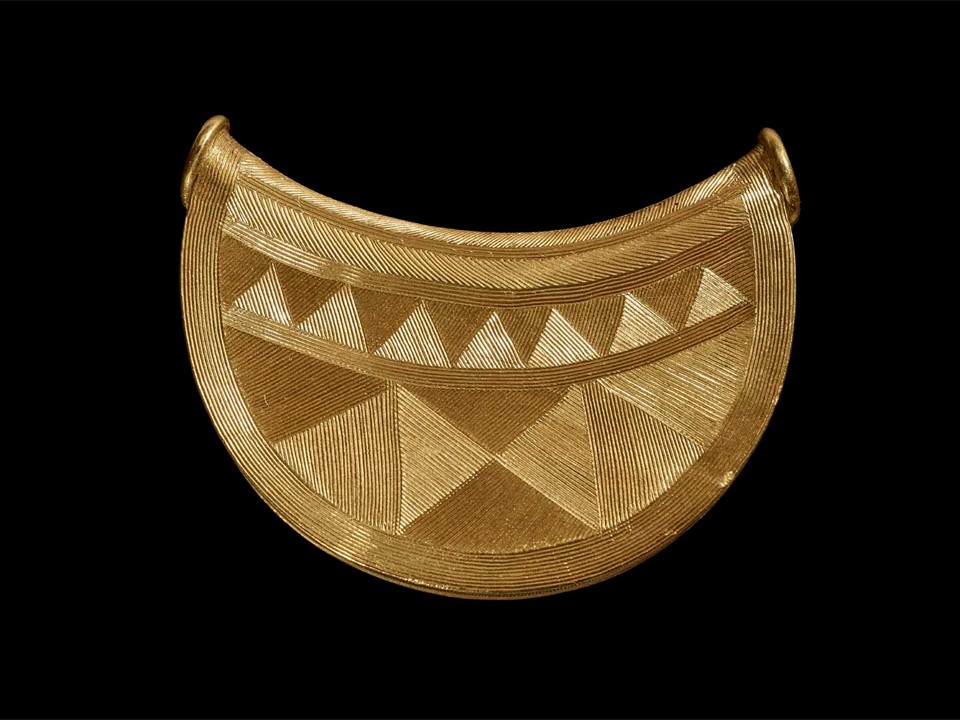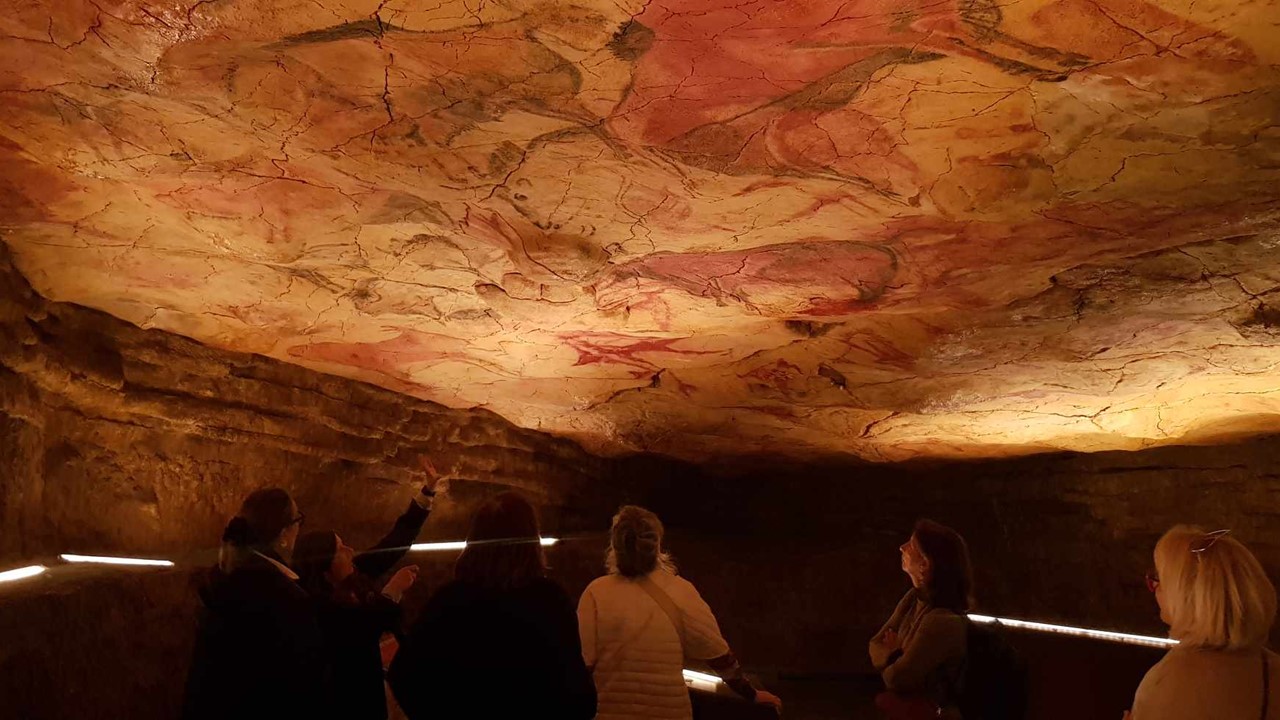
The original Cave of Altamira is closed to the public, but a Replica Cave and Museum were built nearby in 2001 by Manuel Franquelo and Sven Nebel, faithfully reproducing the Cave and its Art.
Photo Credit: Mariola Salceda
Nestled in the verdant landscapes of northern Spain, The Cave of Altamira stands as a testament to the artistic prowess and ingenuity of our prehistoric ancestors. This remarkable archaeological site often hailed as the “Sistine Chapel of Prehistoric Art,” offers a captivating glimpse into the lives and minds of the people who roamed the Earth over 20,000 years ago.
Discovered in the late 19th century, the cave’s walls are adorned with stunning depictions of bison, deer, horses, and other animals, rendered in vivid hues of red, black, and ochre. These paintings are not merely decorative, they are believed to hold significant cultural and possibly spiritual meaning for the Upper Paleolithic societies that created them.
The Cave of Altamira’s discovery is a tale of serendipity, curiosity, and a bit of luck, intertwining the lives of a local landowner and his inquisitive daughter. In 1868, Modesto Cubillas, a hunter from the Cantabrian region of Spain, stumbled upon the entrance to a cave on the estate of Marcelino Sanz de Sautuola. Though Cubillas mentioned the cave to Sautuola, it wasn’t until a decade later that its true significance was unveiled. Marcelino Sanz de Sautuola, an amateur archaeologist and nobleman with a keen interest in natural history, began exploring the cave in 1875. Initially, he found nothing more than a few animal bones and flint tools, which piqued his interest but did not hint at the artistic treasure that lay within.
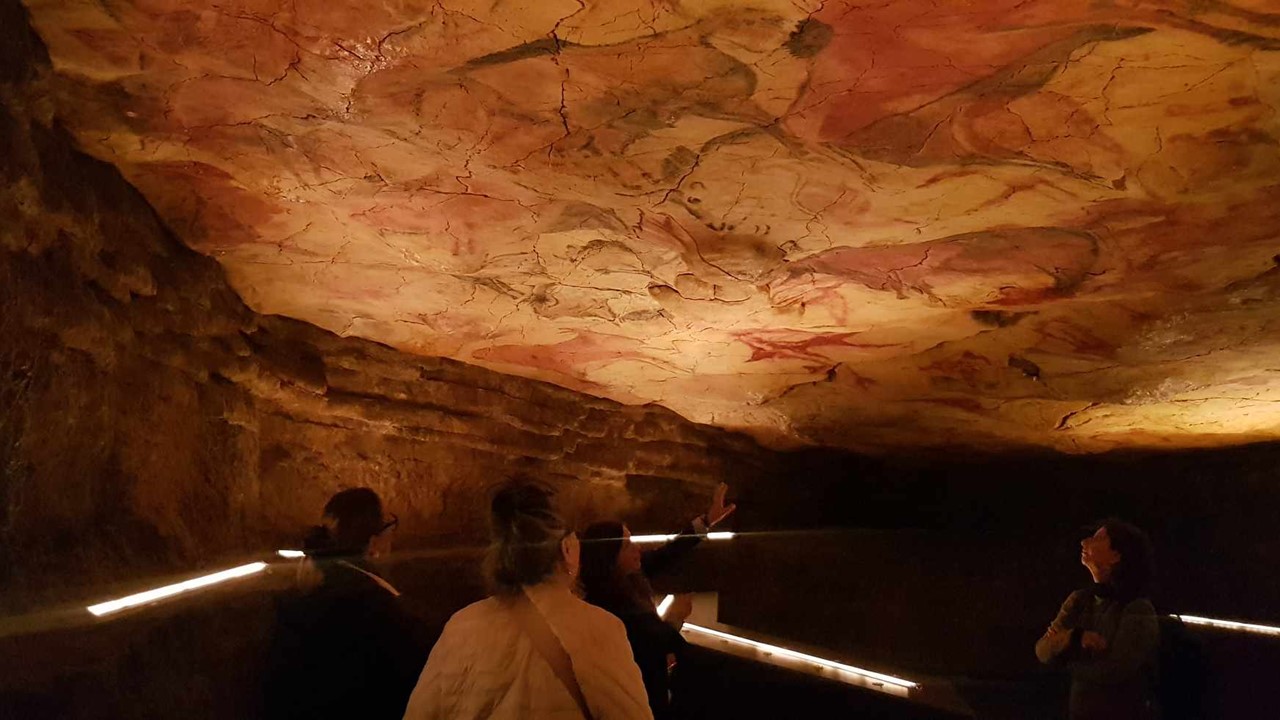
The breakthrough came in 1879 when Sautuola returned to the cave with his eight-year-old daughter, María. As the story goes, while her father was busy examining the cave floor, young María wandered off and looked up at the ceiling. She was the first to notice the vivid paintings of bison, which she excitedly called to her father’s attention, describing them as “painted bulls.” Sautuola was astounded by the discovery and immediately recognized the importance of the paintings. He published his findings in 1880, suggesting that the artwork was prehistoric. However, his claims were met with scepticism and ridicule by the scientific community, which doubted the authenticity of such sophisticated art being so ancient. It wasn’t until the early 20th century when other similar cave paintings were discovered across Europe, that the significance of Altamira was universally acknowledged, and the cave received the recognition it deserved.
The art discovered in the Cave of Altamira is a breathtaking collection of Paleolithic paintings and engravings, primarily featuring vivid depictions of animals such as bison, deer, horses, and wild boars. These images, rendered in red, black, and ochre pigments, showcase a remarkable understanding of perspective, movement, and naturalism, with many of the figures appearing lifelike and dynamic. The cave’s ceiling is particularly famous for its polychrome bison, which seem to leap off the rock surface, demonstrating the prehistoric artists’ advanced skill and creativity. This extraordinary art provides a profound insight into the lives, beliefs, and artistic achievements of our ancient ancestors.
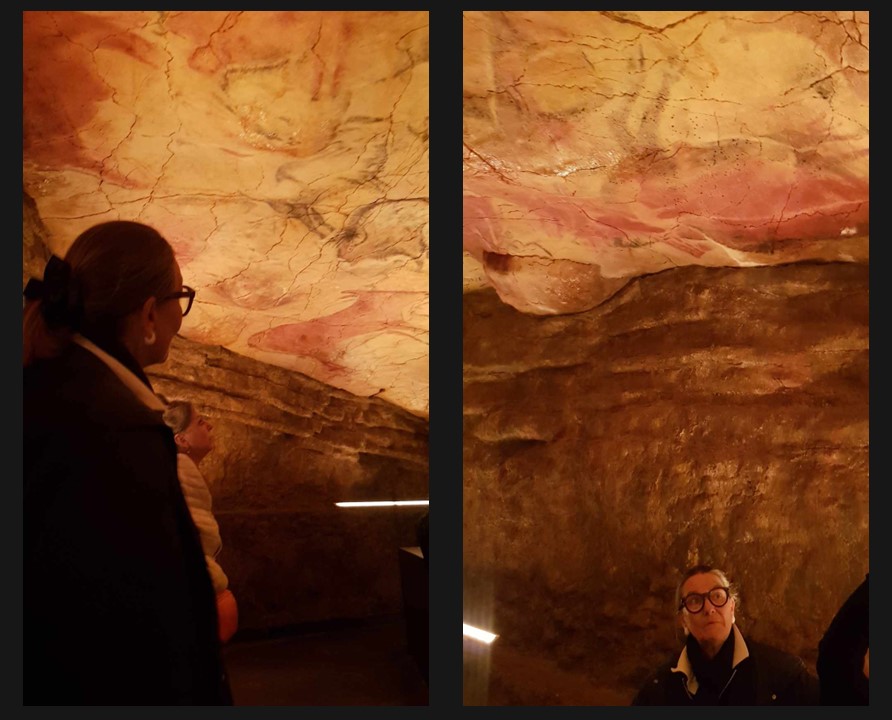
In addition to its iconic animal depictions, the Cave of Altamira features non-iconic art that includes abstract shapes and handprints, adding to the cave’s enigmatic and culturally rich tapestry, and offering a different perspective on prehistoric expression. The handprints, created by placing hands against the cave wall and blowing pigment around them, result in striking negative images that convey a direct human presence from millennia ago. These stencilled hands, along with various geometric patterns and symbolic marks, suggest a complex cultural and possibly ritualistic significance. This non-iconic art complements the more detailed animal figures, highlighting the multifaceted nature of the early human artistic endeavour and providing deeper insights into the cognitive and social practices of the Upper Paleolithic inhabitants.
Today, the Cave of Altamira is celebrated as a cornerstone in the study of prehistoric art, offering invaluable insights into the creativity and cultural practices of our distant ancestors. The tale of its discovery remains a fascinating chapter in the annals of archaeology, underscoring the importance of open-mindedness and the unexpected contributions of youthful curiosity.
On the 15th of May, I was fortunate to visit The Replica Cave and Museum of Altamira with my ‘Art Group’ friends and my colleague and dear friend Mariola Salceda from the University of Saragoza… It was truly a once-in-a-lifetime experience, a convergence of history, art, and friendship that left me utterly speechless. It was a journey through time, a profound encounter with humanity’s earliest expressions of creativity, and a moment I shall cherish forever.
For the PowerPoint on Paleolithic Cave Art in Spain, please… Check HERE!
Bibliography: https://www.cultura.gob.es/mnaltamira/en/home.html and https://www.bradshawfoundation.com/spain/altamira/index.php and https://artsandculture.google.com/story/ZAVhI3eo6sPyJA
